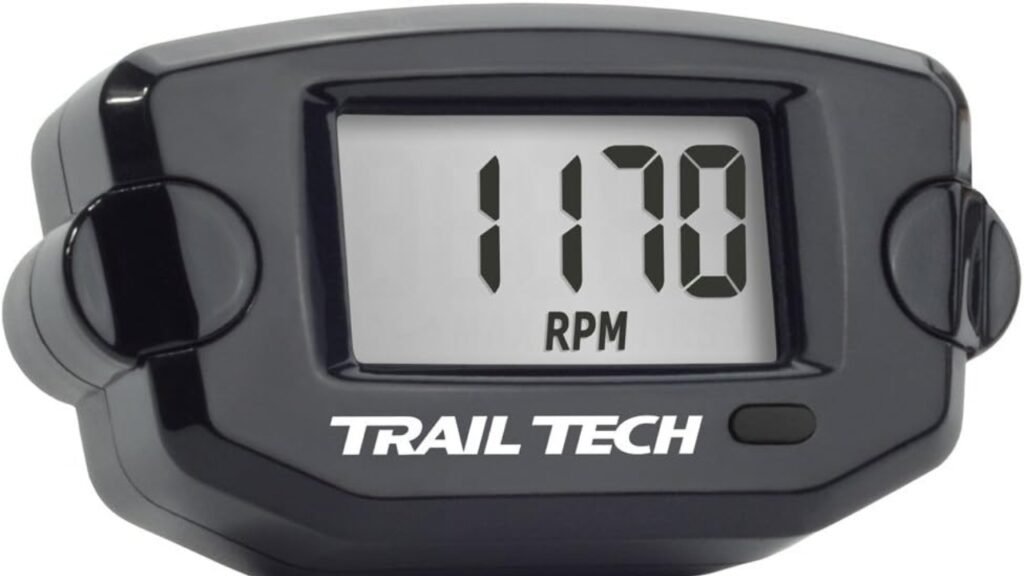Outdoor adventures have continually carried a sense of exploration and freedom—however, today’s journeys are increasingly more enhanced through innovation. The fusion of nature and technology has birthed a new generation of tools together called trail tech. From GPS-enabled bike computers to sun-powered hydration systems, trail tech is revolutionizing the way hikers, mountain bikers, and off-road enthusiasts interact with the wild.
In the past, rugged terrain demanded traditional survival instincts and analog navigation. Today, trail tech brings precision, safety, and real-time data to your backpack. With the market expanding rapidly and the demand for better outdoor experiences growing, trail tech is not just a luxury—it’s becoming an essential part of modern adventure.
This blog explores the origins, evolution, and impact of trail tech on outdoor activities, with expert insights and academic references to highlight why this movement matters.
Understanding Trail Tech: What It Is and Why It Matters
Trail tech refers to a broad category of technological tools, gadgets, and software applications designed to assist outdoor enthusiasts with navigation, safety, communication, and performance tracking. This includes GPS trackers, fitness monitors, smart helmets, portable solar panels, off-road vehicle systems, and even mobile apps tailored for terrain-specific activities.
For example, mountain bikers often rely on GPS speedometers and suspension tuning sensors, while hikers might use smartwatches with altimeters and barometers to monitor elevation and weather changes. This technology is designed not just for convenience but for enhanced safety and efficiency in unpredictable environments.
Historical Context: From Compass to Code
Historically, outdoor navigation was limited to compasses, topographic maps, and gut instinct. While those tools still have value, today’s adventurers benefit from far more accurate and intelligent systems. A key milestone was the introduction of GPS in the 1990s, which eventually evolved into compact, wrist-worn devices that offer real-time geographic data and weather tracking.
As noted in a study from the International Journal of Environmental Research and Public Health (2020), tech-enhanced outdoor activities have led to higher participant retention, improved safety outcomes, and better environmental monitoring.
Trail Tech in Action: Game-Changing Innovations at the Trail
At the heart of trail tech is GPS, the most crucial feature for those who roam unfamiliar trails. Devices like the Garmin Edge or Trail Tech Voyager Pro offer topographical maps, turn-by-turn directions, and terrain-specific alerts. These tools don’t just map your route—they also track your performance metrics and notify emergency contacts if trouble arises.
The integration of satellite communication with apps like AllTrails and Gaia GPS enables adventurers to download maps for offline use, which is vital in areas with no cellular reception.
Smart Helmets and Wearables
Wearable technology has become a staple in outdoor activities. Trail tech includes smart helmets equipped with Bluetooth communication, crash sensors, and voice-controlled navigation systems. Cyclists and motorbikers, especially, benefit from real-time ride data and safety alerts delivered directly to their helmet’s display or mobile app.
In addition, smartwatches like the Garmin Fenix series and Apple Watch Ultra offer multi-sport tracking, heart rate variability, and stress analysis—vital data for both endurance and safety.
“Trail tech is redefining our relationship with nature—it provides insights while preserving spontaneity,”
— Dr. Julia Wiggins, Outdoor Technology Researcher at Oregon State University
Off-Road Vehicle Enhancements
Trail tech extends to off-road vehicles (ORVs) like ATVs and UTVs. Upgraded dashboards with terrain mapping, engine diagnostics, and communication systems help drivers navigate tough environments. Brands like Trail Tech Inc. have developed devices such as the Voyager Pro, which offers buddy tracking, real-time maps, and speed monitoring on rugged trails.
Moreover, riders can connect their ORVs with mobile devices to receive maintenance alerts or plan group rides using geolocation syncing.
The Benefits of Trail Tech for Outdoor Enthusiasts
One of the most vital contributions of trail tech is improved safety. Whether you’re deep in the backcountry or crossing icy elevations, devices like satellite messengers (e.g., Garmin InReach) can send emergency SOS signals with your exact location. Additionally, crash detection systems automatically alert contacts when a fall is detected.
In a 2021 study by Wilderness & Environmental Medicine, tech-assisted emergency response times were found to improve by over 40% compared to non-digital interventions.
Increased Efficiency and Enjoyment
Beyond safety, trail tech enhances enjoyment and reduces effort. Hikers can focus more on scenery than on staying on track. Mountain bikers can tune performance with precision, and off-roaders can plan epic routes with collaborative tools.
Whether you’re chasing a sunrise summit or leading a weekend trail group, the integration of smart gear enriches the experience—making outdoor adventure safer, smarter, and more accessible than ever.
Conclusion: Embracing the Future of Outdoor Exploration
The trail tech revolution transforms every outdoor adventure by bringing innovation to nature’s doorstep. As smart gear becomes more integrated, lightweight, and user-friendly, outdoor enthusiasts can expect more personalized, efficient, and secure journeys into the wild.
From GPS navigation to biometric wearables and intelligent off-road upgrades, trail tech is not just a trend—it’s the future of exploration.


